Increasing the Sensitivity of Passive SiC Thermometry Through Nanocalorimetry Experiments
Principal Investigator
- Name:
- Stephen Taller
- Email:
- [email protected]
- Phone:
- (208) 526-6918
Team Members:
| Name: | Institution: | Expertise: | Status: |
|---|---|---|---|
| Charles Hirst | University of Michigan | Annealing, APT, DSC, FIB, Molecular Dynamics, Radiation Damage | Post Doc |
| Michael Short | Massachusetts Institute of Technology | Corrosion, Metallurgy, Radiation Damage | Faculty |
| Peng Wang | University of Michigan | Dr. Peng Wang has several years of experience studying radiation induced defects in SiC through his project, "Mechanistic Understanding of Radiolytically Assisted Hydrothermal Corrosion of SiC in LWR Coolant Environments, CFA-18-15030, 2018." | Faculty |
Experiment Details:
- Experiment Title:
- Increasing the Sensitivity of Passive SiC Thermometry Through Nanocalorimetry Experiments)
- Hypothesis:
- We propose: i) to increase the spatial sensitivity of passive thermometry through a reduction of the required sample volume, by conducting nanocalorimetry; and ii) to accelerate the development of TM specimens by evaluating whether ion-irradiation can be used. By using three types of irradiation particle, and through kinetic analysis to determine the activation energies of defect evolution, we hypothesize that the spectra will be able to be deconvoluted into distinct defect populations.
- Work Description:
- At the Michigan Ion Beam Laboratory, samples of CVD 3C-SiC will be ion irradiated at 300 °C using 4.5 MeV He^2+ ions to a final damage level of 2.0 dpa . Then (70µm)^2 × 25µm samples of proton-irradiated SiC, provided through a previous NEUP, helium ion-irradiated SiC from this RTE, and neutron irradiated SiC provided by ORNL will be prepared using a Xe plasma-FIB (PFIB) at the Michigan Center for Materials Characterization (MC)^2. Each sample will be shaped, lifted out, and spot-welded onto a nanocalorimeter chip. Prior to any work on the neutron irradiated SiC, the PFIB procedure will first be developed on unirradiated samples. The samples will then be annealed to 1000 °C using a Mettler Toledo Flash DSC 2+ (FDSC) nanocalorimeter located at the Massachusetts Institute of Technology. The irradiation temperature of each experiment will be determined from the onset of the stored energy release associated with radiation damage annealing. This will be compared to the irradiation temperature from pyrometry and Type-J thermocouples on the ion irradiation stage for the proton and helium ion irradiations to determine the accuracy of the nanocalorimetry-based technique. In addition, nanocalorimetry of neutron-irradiated SiC will be directly compared to dilatometry of SiC from the same HFIR irradiation capsule.
Project Summary
Determination of the sample temperature during irradiation experiments is crucial to the analysis and interpretation of subsequent characterization. Passive thermometry of in-reactor core experiments, through subsequent dilatometry of SiC temperature monitors, suffers from uncertainties that can be as large as ± 50 °C. Optimization of thermometry specimens, to reduce this uncertainty, requires accelerated irradiation testing and reduced sample geometry. However, developments in TM design are hindered by the time and significant cost of instrumented in-core neutron-irradiation campaigns and also by the dimensional requirements of dilatometry specimens. We propose to benchmark ion-irradiation of SiC as a surrogate for neutron-irradiation in order to shrink the required geometry of temperature monitors through nanocalorimetry of ultra-miniature specimens. The proposed work will validate the precise exploration of irradiation temperature of a SiC thermometry piece irradiated in HFIR at nominally 300°C and through well controlled and actively monitored proton and helium ion irradiations at 300°C of SiC. Together, these three conditions will demonstrate the use of nanocalorimetry to conduct passive thermometry at an increased spatial resolution of over 400x compared to current methodologies. This will enable the characterization of temperature gradients within in-core capsules and increase the fidelity with which reactor irradiations can be analyzed and interpreted. In addition, this proposal will establish the use of nanocalorimetry as a technique that can characterize defects that are below the resolution limit of electron microscopy, thus quantifying the most significant contributors to both swelling and degradation of thermal conductivity in irradiated SiC. The proposed work will require one day of ion irradiation and twenty days to produce specimens for nanocalorimetry. The outcome will be an advancement of the fundamental science behind radiation damage in SiC to better understand their limitations as temperature monitors.
Relevance
The Office of Nuclear Energy (DOE-NE) mission is to advance nuclear energy science and technology to meet U.S. energy, environmental, and economic needs. Silicon carbide (SiC) primarily resides in two aspects of the DOE-NE mission: to develop advanced cladding concepts such as the SiC/SiC composites for accident tolerant fuels (ATF) and to develop advanced passive monitoring sensors. Within the Advanced Sensors and Instrumentation (ASI) cross cutting initiative, research to develop advanced sensors, instrumentation and controls address critical technology gaps for monitoring and controlling existing and advanced reactors and supporting fuel cycle development. As a subset of this program, the I&C Technology Deployment Capabilities Support area focuses R&D activities to characterize previously developed sensors for use in irradiation experiments. These activities include efforts to develop and understand passive peak temperature sensors, both printed melt wire arrays and silicon carbide (SiC) peak temperature monitors. This RTE combines the evaluation of a new measurement technique, nanocalorimetry, compatible with ultra-miniature specimens with accelerated ion irradiations based on the fundamental science of stored energy from radiation damage. Thus, an outcome of this work will be the comparison of properties of proton and helium ion irradiated SiC against widely reported neutron irradiated SiC for the purpose of benchmarking ion irradiation as a viable technique for rapidly advancing the development of materials for advanced reactor concepts. The demonstration of this technique with ultra-miniature specimen volumes will also enable localized property measurements and a methodology to assess heterogeneities from thermal or dose gradients in SiC passive monitors used throughout the community, and microstructural heterogeneities in proposed SiC/SiC composites for LWR ATF applications. While SiC is not a primary focus of the Advanced Materials and Manufacturing Technologies (AMMT) or the Simulating Neutrons with Accelerated Particles (SNAP) programs, this work fits within the spirit of these programs to develop accelerated testing techniques and to address material qualification efforts using combined ion and neutron data.
Please wait
About Us
The Nuclear Science User Facilities (NSUF) is the U.S. Department of Energy Office of Nuclear Energy's only designated nuclear energy user facility. Through peer-reviewed proposal processes, the NSUF provides researchers access to neutron, ion, and gamma irradiations, post-irradiation examination and beamline capabilities at Idaho National Laboratory and a diverse mix of university, national laboratory and industry partner institutions.
Privacy and Accessibility · Vulnerability Disclosure Program

